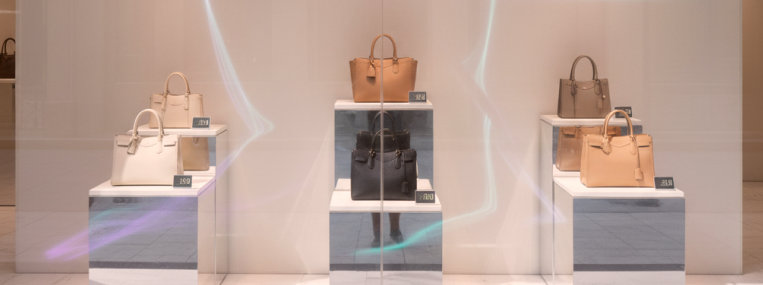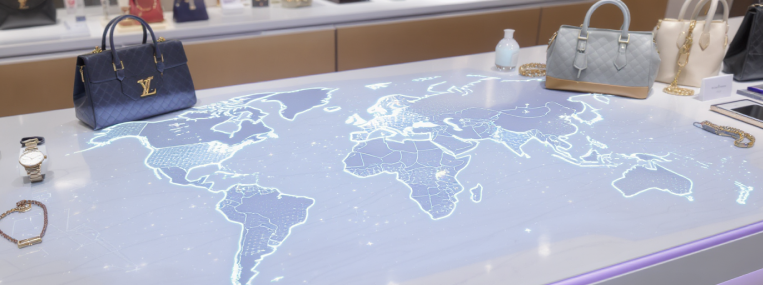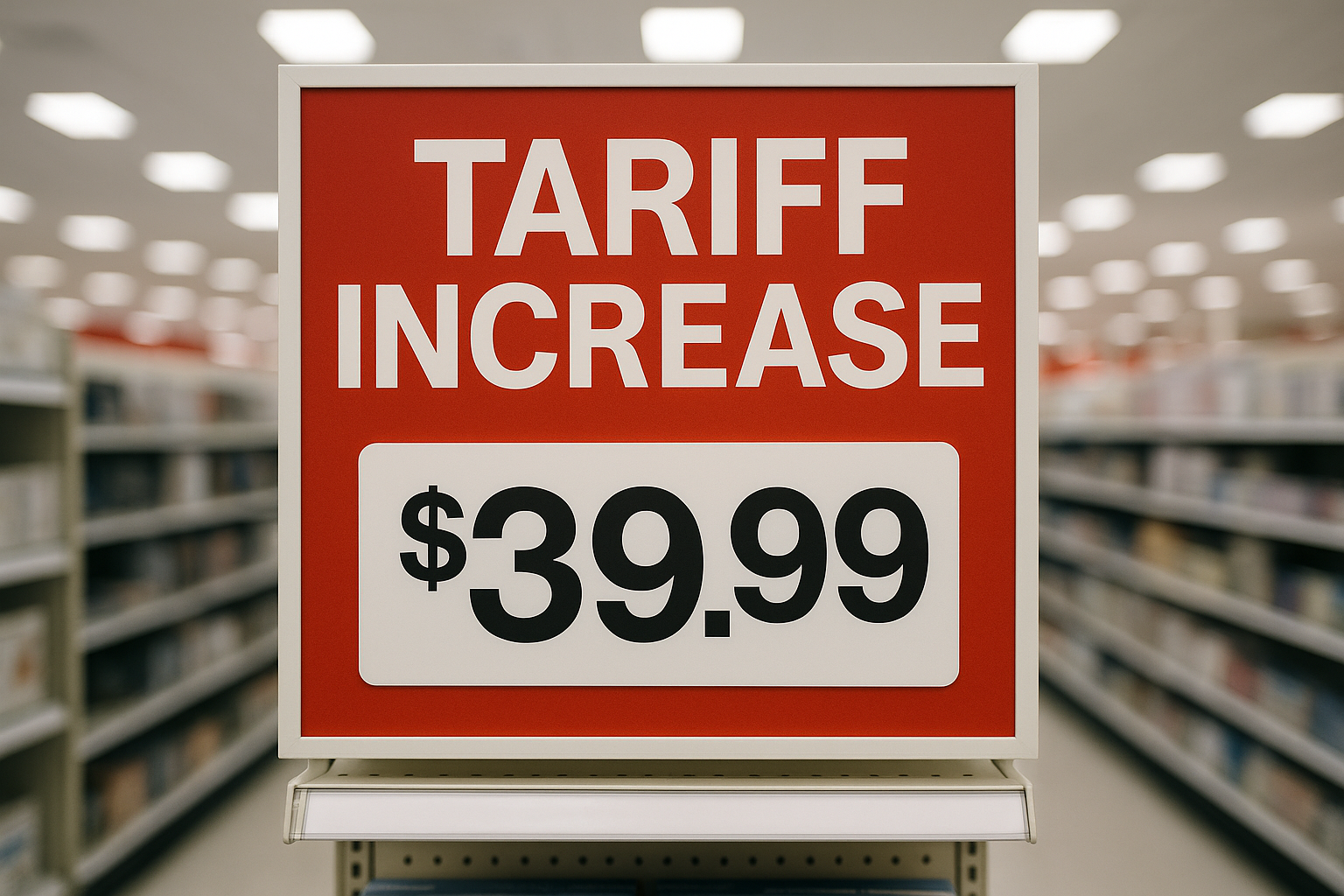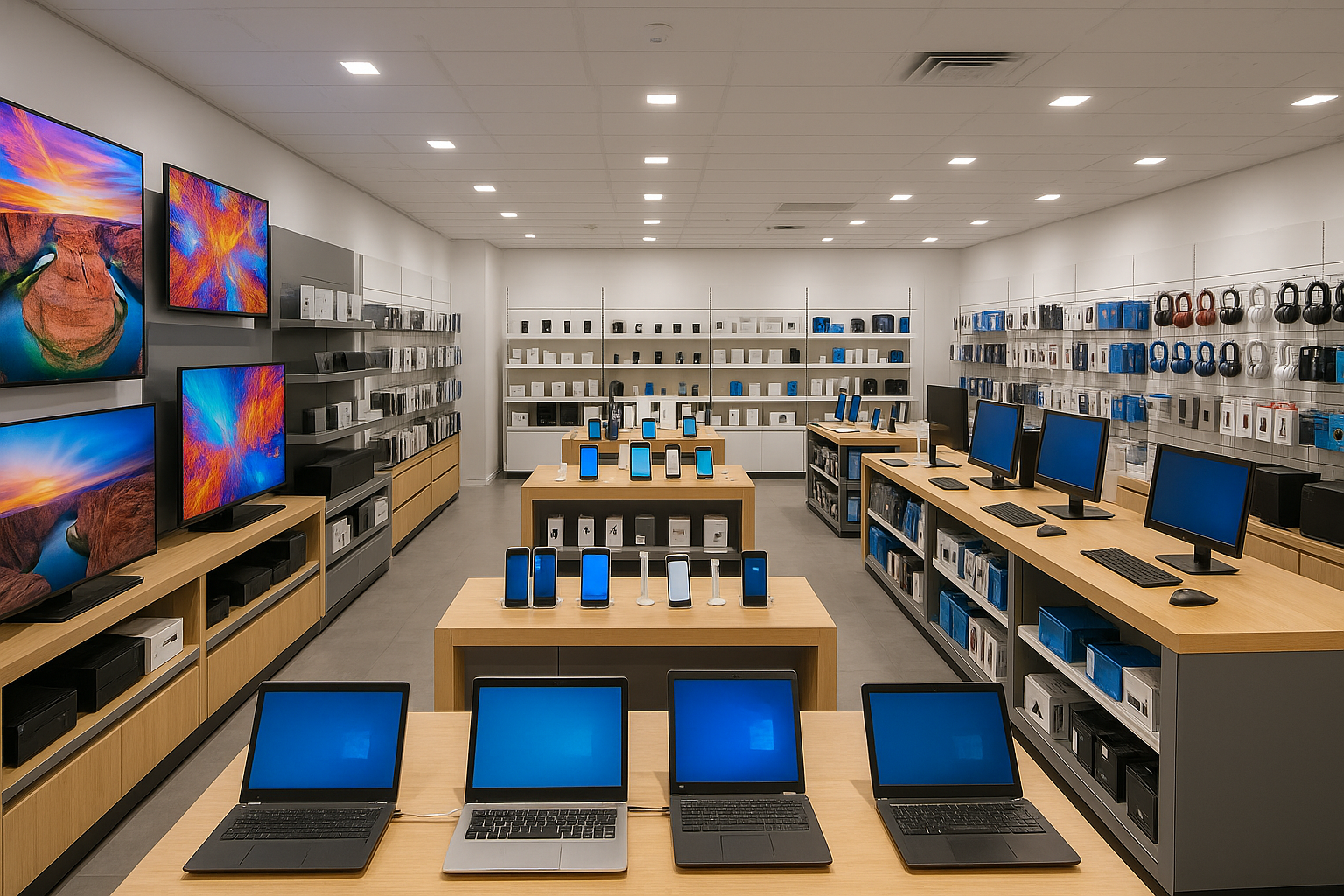Luxury Without Compromise: Protecting Brand Equity with Data-Driven Price Adjustments
Luxury Without Compromise: Protecting Brand Equity with Data-Driven Price Adjustments
Luxury brands operate in a world where pricing does far more than determine profit. It signals value, shapes perception, and defines exclusivity. Every price tag carries meaning beyond the number itself. It communicates craftsmanship, prestige, and trust.

But as market pressures intensify, even the most established luxury brands are feeling the strain. Inflation, fluctuating production costs, and evolving consumer expectations are forcing pricing teams to walk a delicate line between maintaining brand equity and adapting to economic realities.
The challenge is clear: how can luxury brands adjust prices intelligently without compromising their identity?
In the past, pricing in luxury retail was guided by tradition, heritage, and human intuition. Today, that’s no longer enough. In a digital economy where competitors, marketplaces, and global shoppers move faster than ever, pricing must be both strategic and data-driven.
This is where Hypersonix Pricing AI provides an elegant solution. By combining explainable artificial intelligence with advanced elasticity modeling and market intelligence, Hypersonix enables luxury brands to make precise, context-aware pricing decisions that protect profitability and preserve brand prestige.
To understand why this balance is so critical, it’s important to explore what happens when luxury brands lose control of their pricing story.
When Price Meets Perception: The Fragility of Luxury Positioning
Luxury brands are not competing on price but on perception. Unlike mass-market retailers, where discounts drive conversions, luxury consumers associate higher prices with exclusivity and authenticity. A single misstep, such as inconsistent markdowns or price mismatches across regions, can damage years of careful brand building.

The modern luxury shopper is also digitally fluent. They compare global prices, monitor promotions, and notice discrepancies. If a handbag costs significantly less in one region than another, it can trigger questions about authenticity or perceived value. Similarly, frequent or aggressive discounts can train customers to wait for markdowns, diluting long-term brand strength.
These subtle but powerful shifts in perception often occur unnoticed until sales momentum or customer loyalty begins to wane.
Luxury pricing, therefore, must operate with surgical precision. Every adjustment must account for customer psychology, competitive positioning, and market context, not just cost. Traditional pricing systems, built for volume-driven markets, simply lack the nuance to achieve this. AI changes that dynamic by transforming pricing into a discipline guided by intelligence, transparency, and control.
Why Traditional Pricing Models Fall Short in Luxury Retail
Luxury pricing has historically relied on handcrafted expertise. Senior executives, merchandisers, and regional directors decide prices based on years of experience, brand narrative, and intuition. While this approach preserves creative control, it introduces subjectivity and inconsistency.
In a connected, data-driven world, that subjectivity becomes a liability. Prices that feel right may not align with shifting global conditions, fluctuating currency values, or localized consumer behavior.
Moreover, traditional models lack visibility into competitor actions. Luxury brands often assume that competition exists only within their tier, but modern consumers compare across boundaries. They evaluate value, experience, and price holistically, whether it’s a designer bag, a high-end smartwatch, or an electric car.
When pricing decisions are delayed or disconnected from real-time insight, brands risk two critical outcomes:
-
-
Erosion of perceived exclusivity when discounts appear inconsistent or too frequent.
-
Margin loss when prices fail to reflect evolving costs or market tolerance.
-
Both weaken the delicate relationship between price and perception.
The solution is not to abandon human intuition, but to strengthen it with intelligence that sees what humans can’t and explains what data-driven decisions mean in human terms.
The Role of Explainable AI in Luxury Pricing
Artificial intelligence is transforming pricing across industries, but in luxury retail, transparency and control are paramount. Executives need to understand why a recommendation is made before they act. Hypersonix addresses this through Explainable AI (XAI), ensuring that every pricing insight comes with context and reasoning.
For example, when Hypersonix Pricing AI suggests a 3 percent price increase for a new handbag collection, it does not simply display a number. It explains that competitor prices in the same segment have shifted upward by an average of 2.8 percent, elasticity models show minimal sensitivity, and cost inflation in materials has increased by 4 percent. The result is a decision backed by logic, not assumption.

This level of clarity changes how luxury pricing teams operate. Decisions are no longer based solely on instinct but on transparent, data-backed narratives that align with brand principles.
Explainable AI also supports governance. In luxury organizations, pricing decisions often pass through multiple layers of approval, from merchandising and finance to marketing and executive leadership. By providing a shared, comprehensible rationale for every action, Hypersonix accelerates consensus and builds confidence across departments.
Transparency, however, is only one part of the equation. Luxury pricing also depends on understanding demand sensitivity, the subtle balance between exclusivity and accessibility, and that begins with elasticity modeling.
Elasticity and Exclusivity: Finding the Balance
Elasticity is often misunderstood in luxury retail. In mass markets, it measures how demand changes when prices move up or down. In luxury, it captures something deeper: how customers perceive the relationship between price, value, and prestige.
Hypersonix Pricing AI continuously measures elasticity at the product, category, and regional level. It identifies which items are price-sensitive, such as entry-level accessories that attract new customers, and which are prestige drivers, where exclusivity outweighs price concerns.
For example, if data shows that customers continue purchasing a high-end timepiece despite modest price increases, it signals strong brand loyalty and inelastic demand. Conversely, if a limited-edition sneaker experiences a sudden drop in conversion after a price adjustment, elasticity data provides the early warning needed to restore equilibrium.
By using these insights, luxury brands can tailor strategies precisely: maintaining premium pricing on core collections while optimizing entry-level products to attract new audiences without diluting brand identity.
Elasticity modeling gives pricing teams confidence to act strategically instead of emotionally. It ensures that adjustments are calibrated to protect both profit and perception, the two currencies of luxury.
Understanding how customers perceive price is critical, but perception is also shaped by consistency. Even the most well-crafted strategy can falter if execution varies by market or channel.
Maintaining Pricing Integrity Across Markets
One of the greatest threats to luxury brand consistency is geographic price variation. A handbag priced at $1,800 in Paris might appear at $1,550 in New York after currency shifts or local promotions. Shoppers notice these differences instantly.

Hypersonix combats this through Competitor AI and Price Execution Monitoring, ensuring that pricing integrity remains intact across channels and regions. The system continuously tracks competitor movements, currency fluctuations, and marketplace prices, alerting teams to discrepancies or inconsistencies.
When a mismatch occurs, for instance, if a product remains discounted longer than approved in one market, Hypersonix immediately identifies and flags it. Teams receive explainable insights on the cause, whether it’s an operational delay, incorrect configuration, or an unapproved promotion.
This level of visibility ensures that luxury pricing strategies are executed consistently, preserving both brand reputation and customer trust.
Maintaining control, however, doesn’t mean rigidity. True pricing intelligence adapts in real time, adjusting to market changes while keeping brand identity intact.
From Control to Confidence: How AI Strengthens Decision-Making
Luxury executives often face a tension between maintaining creative control and embracing automation. The concern is understandable, automation can feel like relinquishing the artistry of pricing. Hypersonix resolves this by keeping humans in the loop.
The platform’s human-in-the-loop architecture ensures that pricing managers retain final decision authority. AI provides recommendations, backed by detailed rationale, and managers approve, modify, or reject them based on brand priorities. Each decision feeds back into the model, making future recommendations even more aligned with brand philosophy.
This collaboration between human insight and machine precision creates confidence. Executives no longer need to fear losing control. Instead, they gain a data-backed partner that enhances their intuition with intelligence.
It’s this synergy, not replacement, that defines the future of luxury pricing.
The Impact: Protecting Brand Equity While Maximizing Profitability
When executed with discipline, AI-driven pricing does more than optimize revenue. It strengthens brand equity. Customers experience consistency and trust, while the business maintains financial resilience even in uncertain markets.
Luxury brands that leverage Hypersonix have seen measurable outcomes:
-
Improved margin control during inflationary periods
-
Greater consistency across regional and channel pricing
-
Faster executive approvals due to explainable insights
-
Reduced discount dependency while sustaining conversion
These results demonstrate that data-driven pricing and brand preservation are not opposing goals, they are complementary.
With explainable AI as the foundation, every pricing decision becomes a reflection of both market intelligence and brand philosophy.
Conclusion
Luxury has always been defined by control, control over quality, narrative, and experience. Pricing should be no different.
In an era where market pressures and customer transparency challenge even the strongest brands, Hypersonix Pricing AI gives luxury leaders the tools to adapt without compromise. Through explainable insights, elasticity modeling, and continuous monitoring, it ensures that pricing remains a strategic instrument of brand storytelling, not just a reaction to market change.
For luxury brands, the future of pricing is not about automation; it’s about intelligent empowerment. With AI as a partner, they can protect what makes them timeless while evolving with what makes them competitive.






